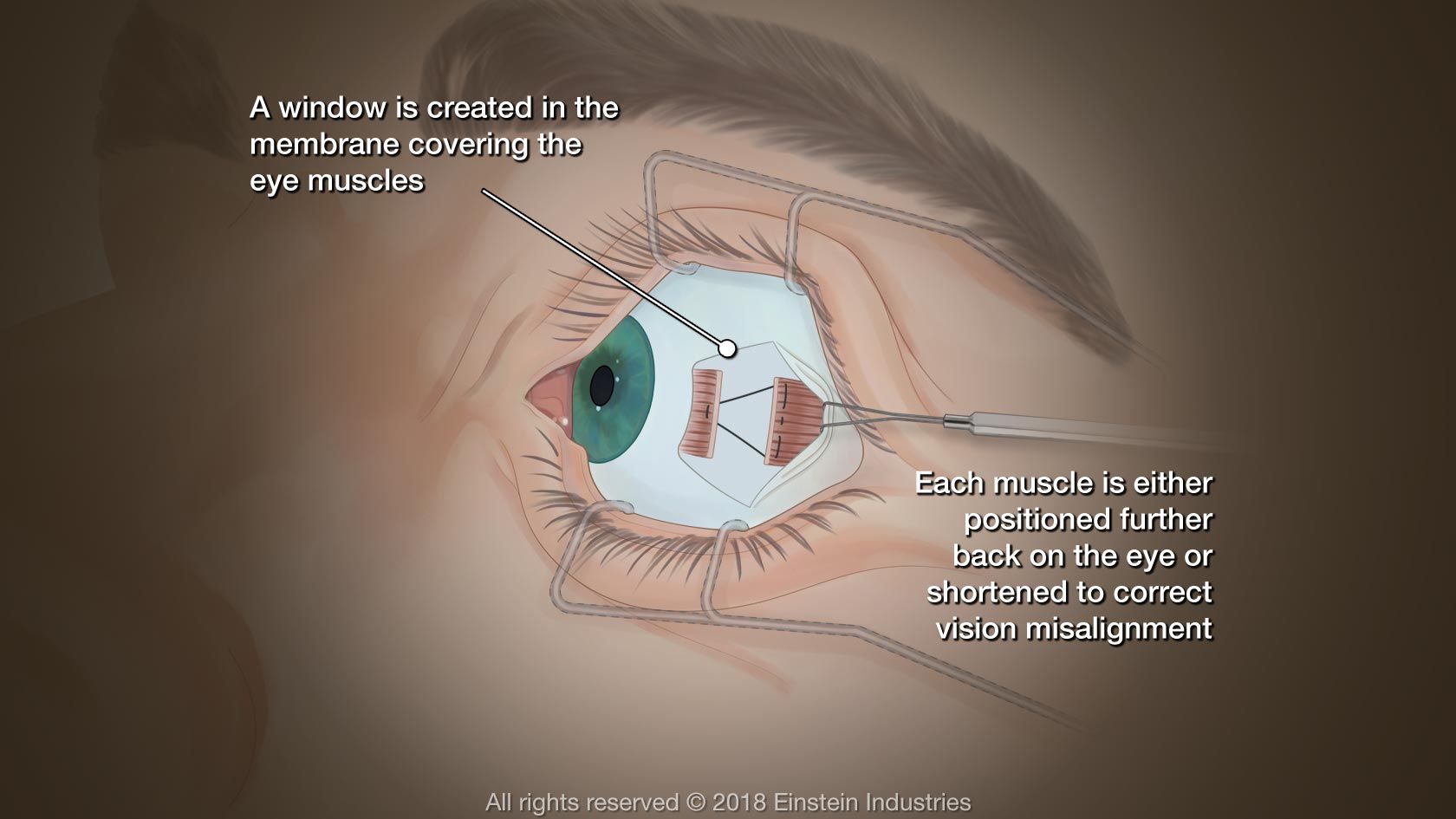Lazy eye, also known as amblyopia, is a vision disorder that typically develops in childhood. It occurs when one eye doesn’t develop normal vision due to various factors, such as strabismus (misalignment of the eyes), a significant difference in refractive errors between the eyes (anisometropia), or certain visual obstructions like a cataract or a droopy eyelid.
In a healthy visual system, both eyes send signals to the brain, which then fuses these signals into a coherent image. In cases of lazy eye, one eye sends weaker or different signals to the brain, and as a result, the brain may favor the stronger eye and ignore or suppress the signals from the weaker eye.
The Importance of Early Detection and Treatment
If left untreated during childhood, amblyopia can lead to permanent vision problems in the affected eye, as the brain’s visual connections may not fully develop. Early diagnosis and treatment are crucial for the best possible outcomes. Treatment typically involves addressing the underlying causes (such as correcting strabismus or refractive errors) and patching or blurring the stronger eye to encourage the use and development of the weaker eye. Vision therapy and eye exercises may also be part of the treatment plan.
It’s essential to consult with an eye specialist or pediatric ophthalmologist if you suspect that a child has lazy eye or any other vision issues to ensure prompt and appropriate intervention. In some cases, treatment may still be effective in improving vision even if the condition is diagnosed later in life, although early intervention usually yields better results.
When Is Surgery Necessary?
Lazy eye surgery is typically not the primary treatment for amblyopia. Instead, the primary focus of treatment for lazy eye is to improve the vision in the affected eye through non-surgical methods. These methods may include:
- Eyeglasses or Contact Lenses: If the lazy eye is the result of a significant difference in refractive errors (anisometropia) between the two eyes, correcting this difference with prescription eyeglasses or contact lenses can help improve vision.
- Patching or Atropine Drops: These methods are often used to strengthen the lazy eye by forcing the brain to rely on it more. Patching involves covering the stronger eye for a specified period each day, while atropine drops are used to blur the vision in the stronger eye temporarily.
- Vision Therapy: Vision therapy involves a series of eye exercises and activities designed to improve eye coordination and visual processing. It can be beneficial for certain cases of lazy eye, especially when the underlying issue is related to eye muscle coordination or binocular vision problems.
- Treatment of Underlying Causes: In cases where lazy eye is caused by other factors like strabismus (misalignment of the eyes) or visual obstructions (such as cataracts), addressing these underlying issues may be necessary. This can involve surgery to correct strabismus or remove obstructions.
Refractive Surgery in Adults: In cases where amblyopia persists into adulthood, and the primary cause is a significant refractive error (e.g., a high degree of nearsightedness or farsightedness), refractive surgery may be an option to correct the refractive error in the amblyopic eye. This can improve the visual acuity of the eye but does not address the underlying brain-based processing issues. Even after refractive surgery, additional vision therapy or treatment may be necessary to encourage the brain to use the amblyopic eye effectively.
Complementary Treatment: In some situations, refractive surgery might be used in conjunction with other treatments for amblyopia, such as patching, atropine drops, or vision therapy. The goal is to optimize visual acuity in the amblyopic eye while simultaneously addressing the brain’s processing deficits.
Cataract Surgery: If a cataract is causing or contributing to lazy eye, surgical removal of the cataract may be necessary. After cataract surgery, additional treatment like patching or other therapies may be required to improve vision in the affected eye.
It’s important to note that surgery is typically considered a secondary or complementary treatment to non-surgical methods in the management of lazy eye. The specific treatment approach depends on the underlying cause and the individual patient’s condition. The decision to have surgery should be made in consultation with an eye specialist who can assess the unique circumstances and recommend the most appropriate course of action. Early diagnosis and intervention remain crucial for the best possible outcomes in lazy eye treatment.
Lazy eye surgery can be a life-changing solution for individuals with amblyopia. By understanding the condition, treatment options, and what to expect from surgery, you can make informed decisions about your eye health. While lazy eye surgery is not always the first course of action, it is a viable option for those who meet specific criteria. If you or a loved one is considering lazy eye surgery, consult with a qualified eye specialist to determine the best course of action for your unique situation.

